Book: Architect for Art - Max Gordon
Architect, art collector, friend to some of the most influential artists of the 1970s and 80s, and giver of legendary parties - Max Gordon made an indelible mark on both sides of the Atlantic before his death at the age of 59 in 1990. Yet his most important built works, like his transformation of a London paint warehouse into art powerhouse the Saatchi Gallery, are famed for their subtlety rather than grand statements. 'Never was there a trace of sensationalism or self-advertisement in Max's designs,' says Doris Lockhart Saatchi. 'Instead he skilfully used the simplest, and often least expensive, means to achieve calm and beautiful effects.'
Completed in 1985, the flowing volumes of the Saatchi Gallery at 98a Boundary Road quickly made him the go-to architect for spaces pertaining to contemporary art, be they private homes for big collectors or galleries like the Fisher Landau Centre for Art in New York - seven of which are documented in Architect for Art. An extremely personal new tome, penned by his brother David (a former director of the Milwaukee Art Museum in the US and secretary of London's Royal Academy of Arts) - and also including contributions by Tate director Nicholas Serota, the Saatchis and Emily Fisher Landau - it even features an essay by the man himself.
'Everything possible must be done to allow pictures to breathe and be enjoyed without distraction,' he wrote - a theory that saw him set the standard for the relationship between art and architecture. In his own home on London's Mount Street (featured in the book and the site of his famous parties), this meant paring things right back and banishing objects behind white doors, long before such minimalist tendencies had taken hold. This ensured there were no detractions from important pieces by the likes of Michael Craig-Martin, Sol LeWitt, Jennifer Bartlett and Stephen Buckley - which comprised what Serota describes as 'one of the most adventurous collections of contemporary British and American art in London'.
Alongside his architectural work, Gordon also acted as a launch pad for British artists in America, propelling the careers of Craig-Martin and Buckley. Meanwhile, in the UK he is even credited with initiating the Turner Prize. As Serota puts it, his legacy lies not just in the spaces he created, 'but in the fruits of his ability to bring together artists, designers, collectors, and curators, and to cajole and inspire them into striving for more ambitious means.' And so, with its lively mix of anecdotes and insights, Architect for Art gives a rare glimpse inside the art world of this extraordinary period, as well as being a fitting tribute to one of its catalysts.
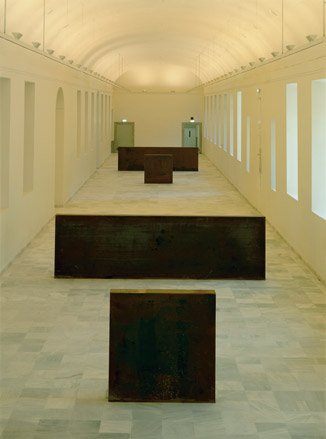
Gallery designed by Gordon for the Museo Reina Soía, featuring Richard Serra’s ’Equal-Parallel; Guernica Bengasi,’ 1986
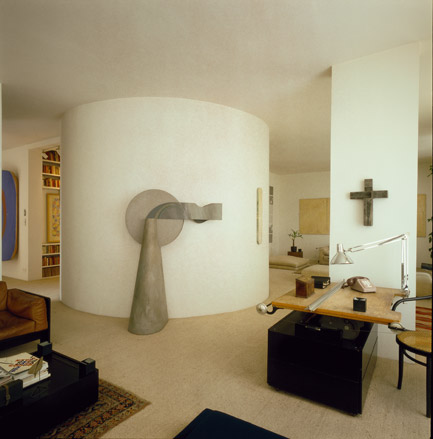
Gordon’s own home between 1977 and 1981 at 120 Mount Street, London
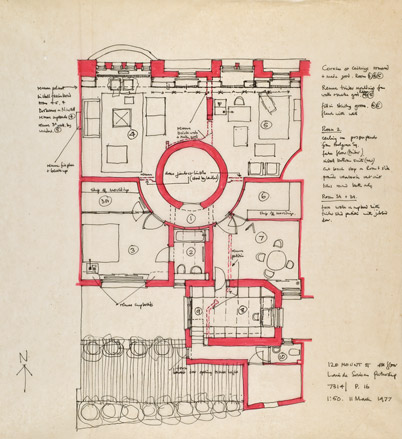
One of his freehand early plans for 120 Mount Street, showing walls in red, most of which were removed in the final design
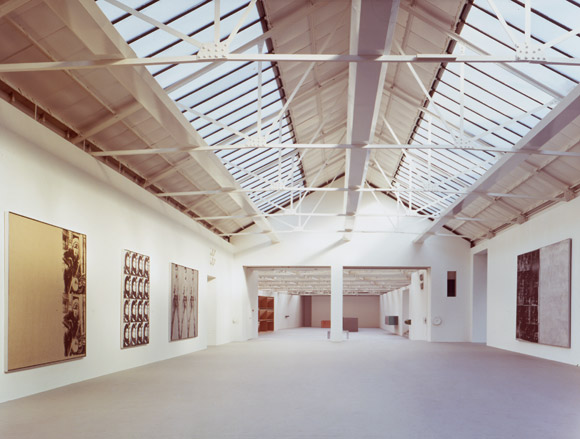
Gallery two of the Saatchi Gallery at 98a Boundary Road, London, featuring paintings by Andy Warhol

Gallery five at 98a Boundary Road, London, featuring Richard Wilson’s site-specific installation, ’20:50,’ 1987’
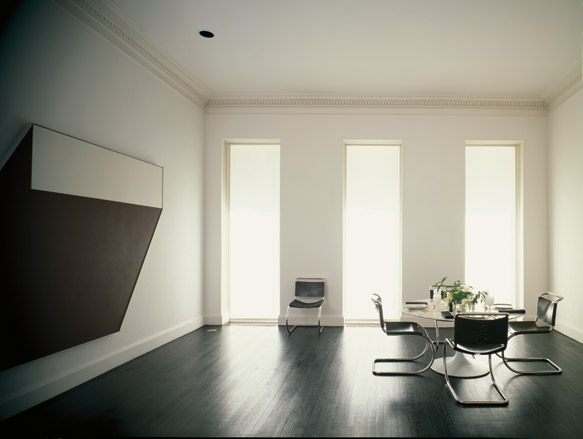
The parlor floor of Brody House, New York, featuring Ellsworth Kelly’s ’White Brown,’ 1968
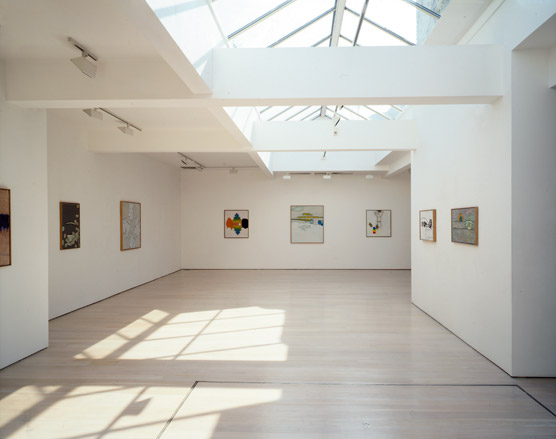
View of the main gallery at Annely Juda Fine Art, London, featuring paintings by Prunella Clough
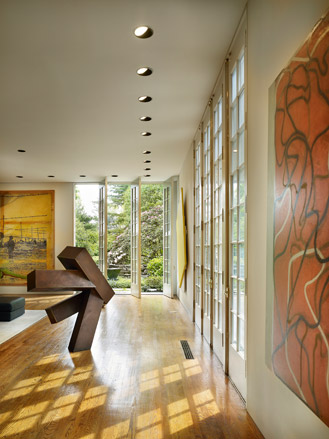
Sachs House, Philadelphia, featuring Joel Shapiro’s sculpture ’Untitled,’ 1989-90
© 2010 Halkin Architectural Photography
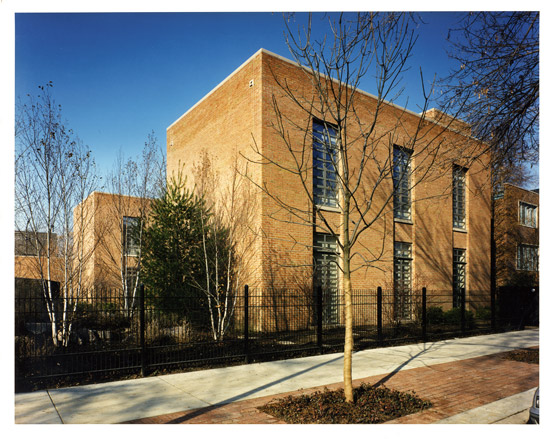
Eastern view of the exterior of Manilow House, Chicago
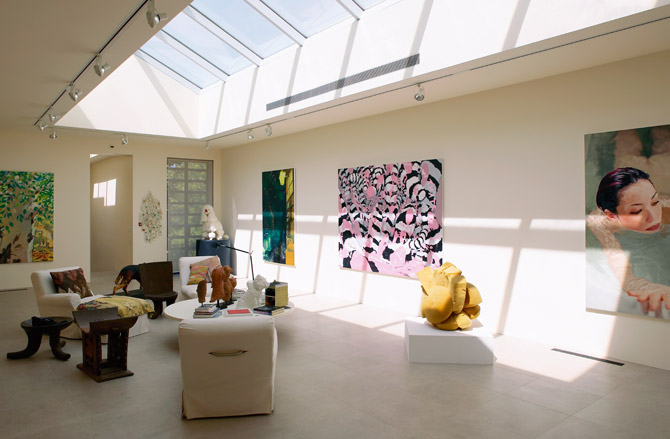
The second-floor gallery of Manilow House, Chicago
© 2004 Waye Cable
Wallpaper* Newsletter
Receive our daily digest of inspiration, escapism and design stories from around the world direct to your inbox.
Malaika Byng is an editor, writer and consultant covering everything from architecture, design and ecology to art and craft. She was online editor for Wallpaper* magazine for three years and more recently editor of Crafts magazine, until she decided to go freelance in 2022. Based in London, she now writes for the Financial Times, Metropolis, Kinfolk and The Plant, among others.
-
 All-In is the Paris-based label making full-force fashion for main character dressing
All-In is the Paris-based label making full-force fashion for main character dressingPart of our monthly Uprising series, Wallpaper* meets Benjamin Barron and Bror August Vestbø of All-In, the LVMH Prize-nominated label which bases its collections on a riotous cast of characters – real and imagined
By Orla Brennan
-
 Maserati joins forces with Giorgetti for a turbo-charged relationship
Maserati joins forces with Giorgetti for a turbo-charged relationshipAnnouncing their marriage during Milan Design Week, the brands unveiled a collection, a car and a long term commitment
By Hugo Macdonald
-
 Through an innovative new training program, Poltrona Frau aims to safeguard Italian craft
Through an innovative new training program, Poltrona Frau aims to safeguard Italian craftThe heritage furniture manufacturer is training a new generation of leather artisans
By Cristina Kiran Piotti
-
 Ten contemporary homes that are pushing the boundaries of architecture
Ten contemporary homes that are pushing the boundaries of architectureA new book detailing 59 visually intriguing and technologically impressive contemporary houses shines a light on how architecture is evolving
By Anna Solomon
-
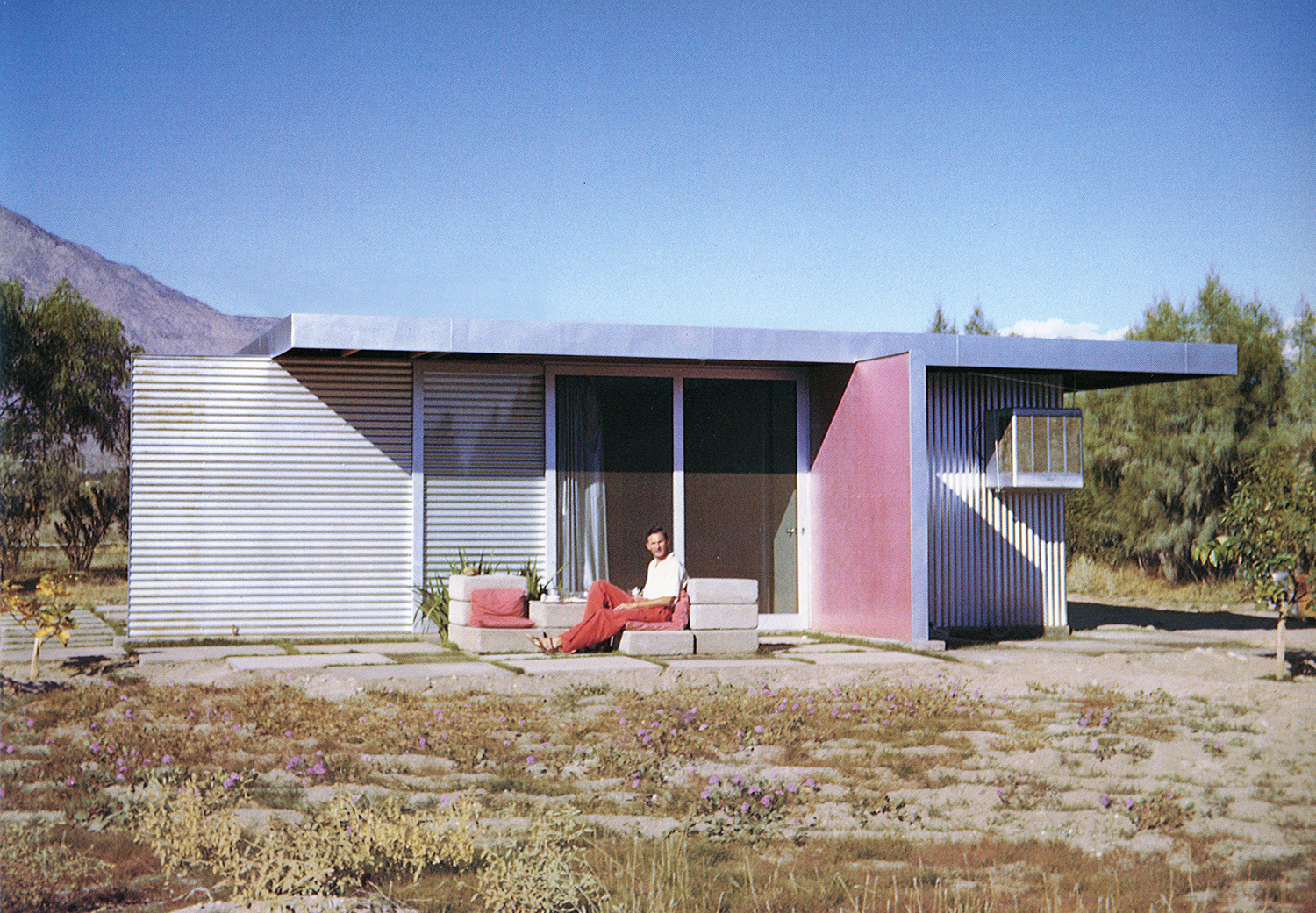 Take a deep dive into The Palm Springs School ahead of the region’s Modernism Week
Take a deep dive into The Palm Springs School ahead of the region’s Modernism WeekNew book ‘The Palm Springs School: Desert Modernism 1934-1975’ is the ultimate guide to exploring the midcentury gems of California, during Palm Springs Modernism Week 2025 and beyond
By Ellie Stathaki
-
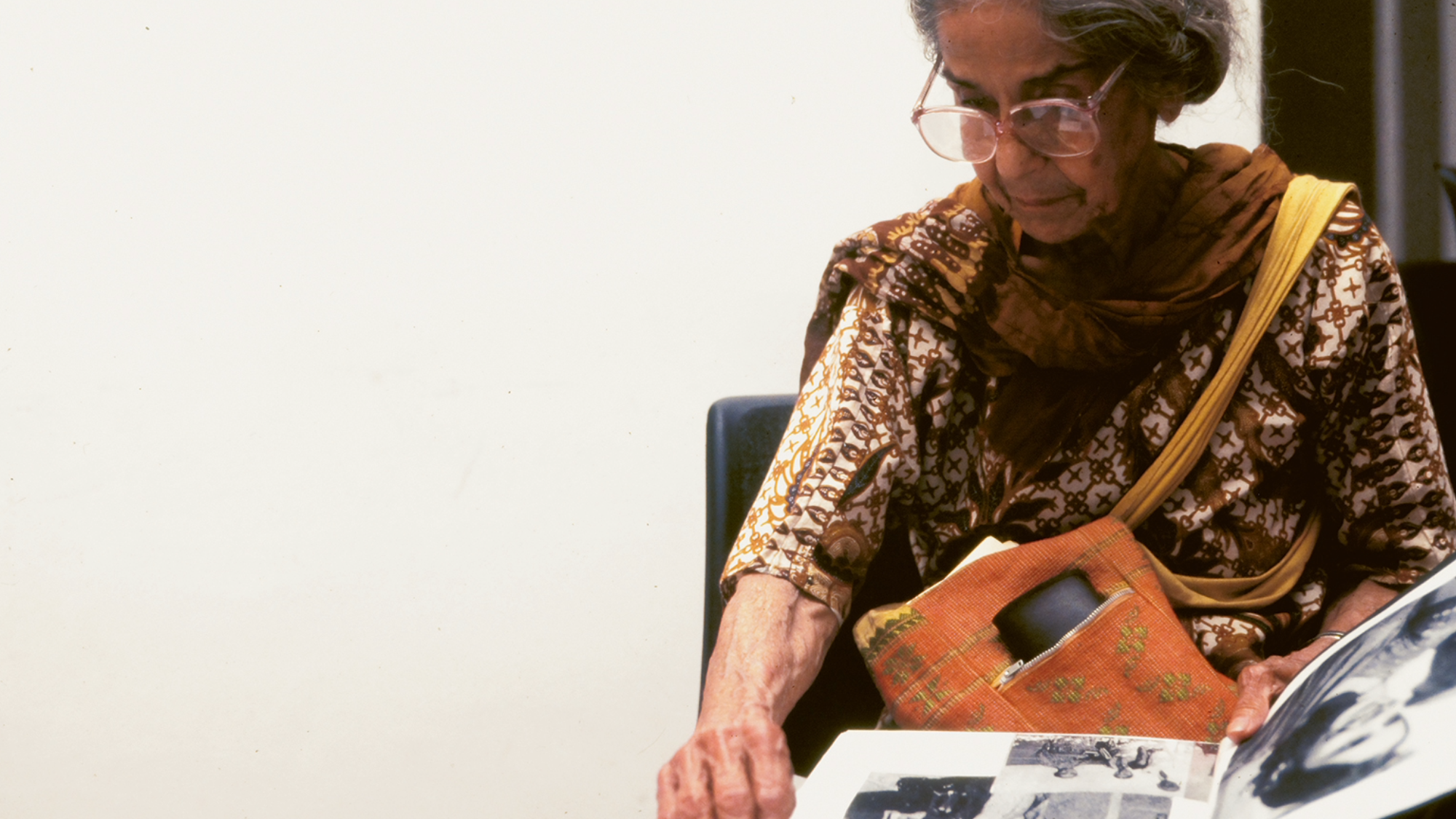 Meet Minnette de Silva, the trailblazing Sri Lankan modernist architect
Meet Minnette de Silva, the trailblazing Sri Lankan modernist architectSri Lankan architect Minnette de Silva is celebrated in a new book by author Anooradha Iyer Siddiq, who looks into the modernist's work at the intersection of ecology, heritage and craftsmanship
By Léa Teuscher
-
 'Tropicality' explored in Indonesian architect Andra Matin’s first monograph
'Tropicality' explored in Indonesian architect Andra Matin’s first monograph'Tropicality' is a key theme in a new book on Indonesian architect Andra Matin, whose work blends landscape, architecture and living
By Harriet Thorpe
-
 ‘A Time ⋅ A Place’ is a lovingly compiled photographic portrait of cars and architecture
‘A Time ⋅ A Place’ is a lovingly compiled photographic portrait of cars and architecture‘A Time ⋅ A Place’ is a celebration of the European Car of the Year and changing perceptions of modern design, pairing the best buildings of the age with their automotive contemporaries
By Jonathan Bell
-
 Álvaro Siza’s new monograph through the lens of Duccio Malagamba is impactful and immersive
Álvaro Siza’s new monograph through the lens of Duccio Malagamba is impactful and immersiveÁlvaro Siza and photographer Duccio Malagamba collaborate on a new monograph by Phaidon; ‘Before / After: Álvaro Siza Duccio Malagamba’ celebrates the Portuguese architect's work
By Michael Webb
-
 Marcio Kogan’s Studio MK27 celebrated in this new monograph from Rizzoli
Marcio Kogan’s Studio MK27 celebrated in this new monograph from Rizzoli‘The Architecture of Studio MK27. Lights, camera, action’ is a richly illustrated journey through the evolution of this famed Brazilian architecture studio
By Jonathan Bell
-
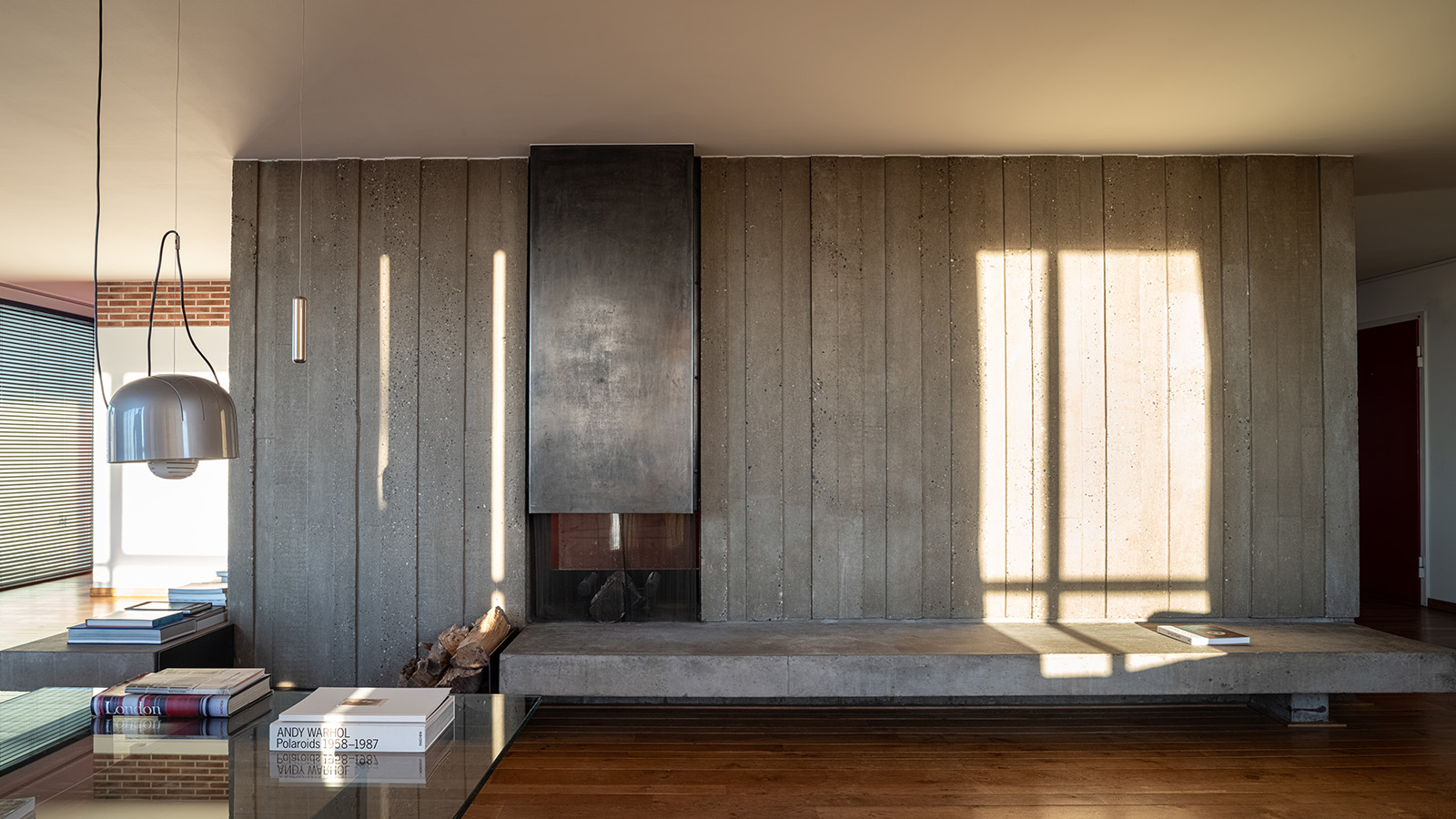 ‘Interior sculptor’ Christophe Gevers’ oeuvre is celebrated in new book
‘Interior sculptor’ Christophe Gevers’ oeuvre is celebrated in new book‘Christophe Gevers’ is a sleek monograph dedicated to the Belgian's life work as an interior architect, designer, sculptor and inventor, with unseen photography by Jean-Pierre Gabriel
By Tianna Williams